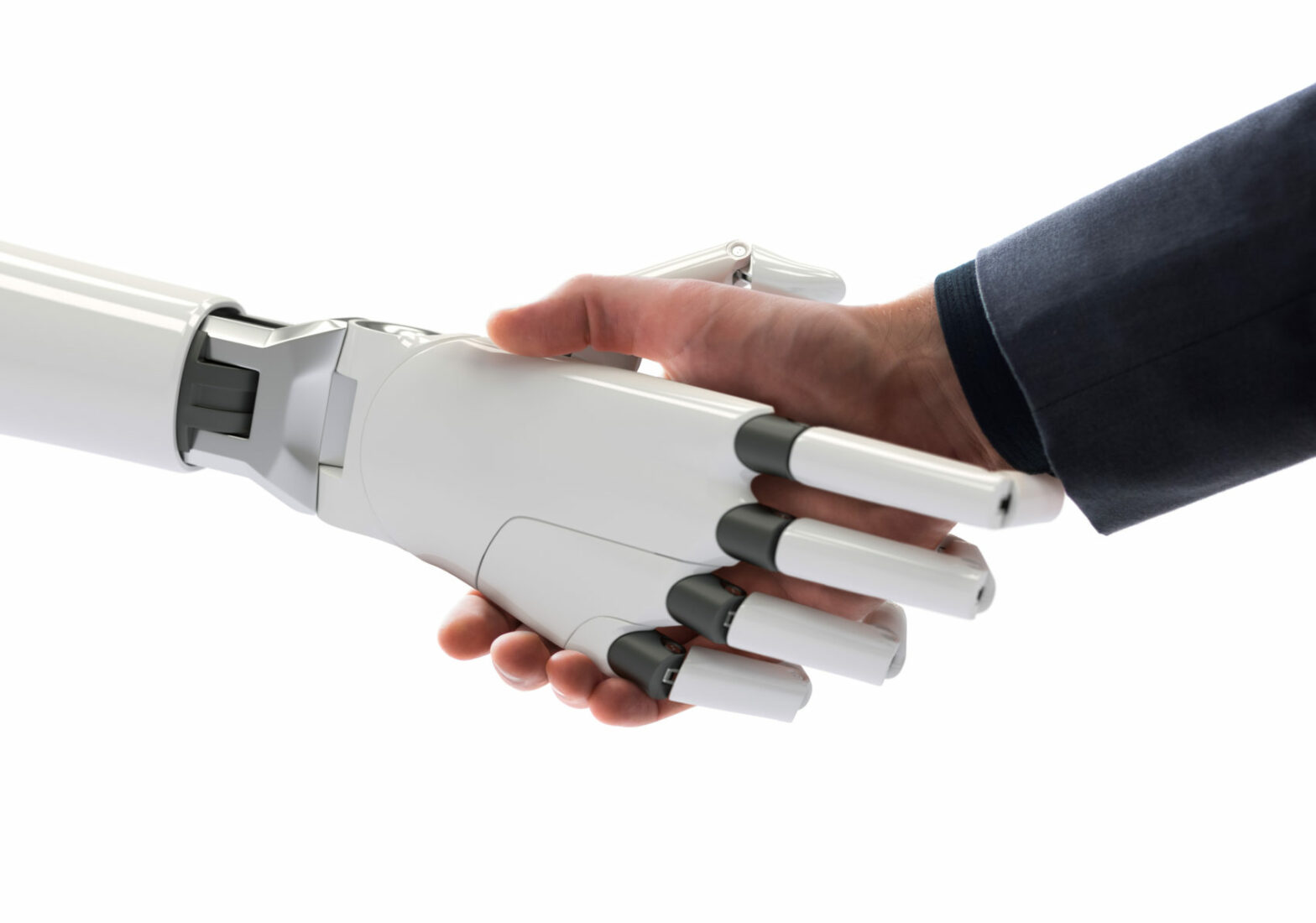Such imaginings often overlook robotics’ impressive potential for more practical, yet profound, applications – namely, those in the workplace.
Beyond efficiency: The real benefit of robotic workers
Robots, by their very nature, are built to be efficient and consistent, and many companies use robots to optimise their output. Understandably, this raises questions and concerns about robots displacing humans in the workforce. However, robots can actually be extremely beneficial to human employees, performing high-risk jobs and reducing workplace injuries in the process.
Companies can identify the riskiest parts of their employees’ jobs and supplement their workforce with robots in order to keep workers safe. For instance, in the production of their airplanes, Boeing realised that over half of worker injuries happen during the assembly of the fuselage [1]. By using robots for this portion of the work, the company is taking steps to decrease the risks of the job.
But the use of robots in the workplace is not limited to airplane manufacturing: in a warehouse setting, a robot can perform heavy lifting and prevent human workers from straining their muscles. On a factory line, a robot can work alongside a human to create a more ergonomic situation, preventing the injuries that are often sustained after repeating the same tasks over and over again. Even the smallest workplace injuries can lead to decreased productivity and absenteeism over extended periods of time, so these tiny changes can make a huge difference for companies and their workers alike.
Your robotic coworker could save your life
For technologists and philanthropists such as Bill Gates and Tej Kohli, charity and robotics form a surprisingly effective combination, and pose boundless potential for good. Kohli even highlighted the humanitarian possibilities of robotics in a recent article, stating that ‘by deploying robots to execute dangerous tasks, we can keep humans from harm’s way.’
Indeed, when we view robotic workers through a humanitarian lens, we’re able to realise just how helpful they can be. As Kohli points out, the most compelling evidence for robots increasing workplace safety can be found in particularly dangerous jobs like mining, where poor lighting, toxic chemicals and tight spaces come together to create hazardous conditions. By placing a robot at the heart of this underground action, we mitigate many risks all at once – not only preventing injuries, but saving lives.
The business advantages of efficient robotic workers are apparent, but the benefits of robots for their human coworkers are often overlooked. When we view the use of robotic workers as a method of protecting and helping humans, we are able to see just how valuable robots can be to every level of society – keeping us safe, so we can dedicate our energy to productive work that betters the world.





